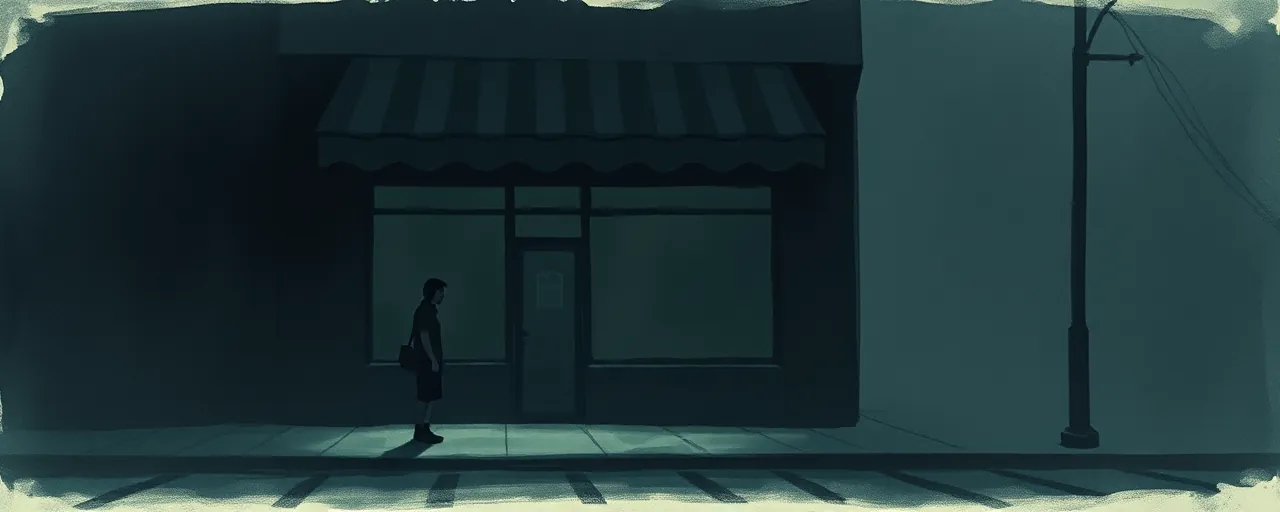A Promising Start in the Fight Against Retail Theft
California’s streets and stores have been under siege. Organized retail theft, a scourge fueled by coordinated criminal networks, has left businesses reeling and communities less safe. Governor Gavin Newsom’s recent announcement of 14,133 case referrals for prosecution, driven by $267 million in state grants, marks a tangible step toward reclaiming order. From Fresno to San Francisco, law enforcement agencies have leveraged these funds to hire officers, deploy cutting-edge technology, and secure convictions. The numbers are impressive: 10,932 referrals for organized retail theft, 88% of convictions as felonies, and millions in stolen goods recovered. Yet, beneath the headlines, a deeper truth lingers: this is a bandage on a wound that demands more aggressive surgery.
The grants, distributed to 55 communities, have empowered police to act decisively. In Fresno, the police department recovered $1.2 million in stolen property and slashed auto theft by 38%, thanks to tools like license plate readers. San Francisco’s arrests of suspects tied to $84,000 in Walgreens thefts show what focused enforcement can achieve. These wins resonate with hardworking Americans who want safe neighborhoods and thriving businesses. But celebrating these victories without addressing the cracks in California’s legal framework risks complacency. The state’s approach, while proactive, falls short of the bold reforms needed to deter criminals and protect the economic backbone of our communities.
The Economic Toll of Retail Theft Hits Hard
Retail theft isn’t just a crime; it’s an economic wrecking ball. In 2023, U.S. retailers lost $121.6 billion to theft, with projections climbing past $150 billion by 2026. Small businesses, already battered by inflation and regulatory burdens, face monthly losses of $500 to $2,500. These costs don’t vanish into thin air; they’re passed to consumers through higher prices. Worse, they force store closures, leaving retail deserts in their wake. When a Target or Walgreens shutters, jobs vanish, tax revenues dry up, and communities lose access to essential goods. In California, where organized theft has surged 24% in 2024 alone, the ripple effects are devastating.
The human toll is just as stark. Retail workers face rising violence, with 84% of retailers reporting increased aggression from thieves. Employees, often earning modest wages, shouldn’t fear for their safety while stocking shelves. Shoppers, too, deserve to browse without dodging smash-and-grab crews. The erosion of trust in public safety undermines the social fabric, leaving neighborhoods vulnerable. California’s grants have begun to address this crisis, but they’re a drop in the bucket compared to the systemic failures that allow thieves to operate with impunity.
Why California’s Laws Are Holding Us Back
At the heart of California’s retail theft epidemic lies a flawed legal system. The state’s $950 felony theft threshold, one of the nation’s highest, lets thieves walk free for stealing just under that amount. Compare this to Texas ($2,500), Alabama ($1,500), or Mississippi ($1,000), where stricter thresholds ensure accountability. This leniency emboldens criminals, who know they can hit multiple stores without facing serious consequences. Newsom’s grants have fueled arrests, but without lowering the felony threshold or aggregating offenses across jurisdictions, prosecutors’ hands are tied. The result? Repeat offenders back on the streets, ready to strike again.
Some argue that addressing poverty or mental health will curb theft. They point to studies claiming social spending reduces crime, like a 16% drop in homicides for every $10,000 invested per person in poverty. But this ignores the reality of organized retail theft, which isn’t driven by desperate individuals but by sophisticated networks reselling stolen goods online. Pouring money into social programs while criminals exploit legal loopholes is like mopping the floor during a rainstorm. California’s recent bipartisan laws, signed in August 2024, aim to crack down on property crime, but they don’t go far enough. Tougher penalties and felony charges for repeat offenders are non-negotiable.
The Case for Stronger Enforcement and Accountability
California’s grants prove that investing in law enforcement works. The vertical prosecution model, funded with $24 million, ensures prosecutors stick with cases from start to finish, building stronger cases and fostering trust with retailers. Sonoma County’s blitz operations and Yolo County’s FastPass to Prosecution program show how innovation and accountability can yield results. But these efforts need to be scaled up, backed by laws that prioritize deterrence. Raising penalties for repeat offenders, closing online marketplace loopholes, and empowering police with more resources are critical steps. The California Highway Patrol’s 6,000 arrests in high-crime areas like Oakland and Bakersfield underscore the power of saturation policing.
Nationally, the call for action is growing. The INFORM Consumers Act, passed to regulate online sales of stolen goods, is a start. Proposed federal legislation, like the Combating Organized Retail Crime Act, aims to coordinate multi-agency responses. These measures align with what Americans demand: a return to law and order. California, often a trendsetter, has a chance to lead by example. Instead of settling for incremental gains, the state must double down on enforcement, reject soft-on-crime policies, and send a clear message: theft will not be tolerated.
A Path Forward for California and Beyond
California’s retail theft grants have delivered results, from thousands of arrests to millions in recovered goods. These are victories for businesses, workers, and families who deserve safe communities. But the fight is far from over. The state’s high felony threshold, permissive legal culture, and failure to fully confront organized crime’s sophistication leave gaping vulnerabilities. Strengthening laws, lowering felony thresholds, and investing in police and prosecutors are not just options; they’re imperatives. Every store that closes, every job lost, every price hike felt at the register is a reminder of what’s at stake.
The nation is watching. As organized retail theft spreads, costing billions and eroding public safety, California can set a standard. By prioritizing enforcement, accountability, and deterrence, the state can protect its economic vitality and restore confidence in its communities. Half-measures won’t cut it. It’s time to draw a line in the sand and fight for the rule of law with everything we’ve got.
